History/driving impressions originally published in AutoWeek April 24, 1999; republished by the author
Something amazing happened in 1975. For the first time in two decades, a company other than Volkswagen topped the U.S. imported car sales charts. Toyota, regardless of whose numbers you use and not including trucks, surged past the German carmaker to a position of import dominance that it has not since relinquished.
The once-ubiquitous Beetle was fading as more sophisticated automobiles came onto the market, not the least of which was VW’s own trend-setting front-drive Rabbit. Toyota, however, relied on a lineup of conventional front-engine/rear-drive models that included Corona, Celica, and Carina, but whose numbers were led by the Corolla, a smaller basic set of wheels. Corolla was offered in a variety of formats, including two-door and four-door, sedan, hardtop and wagon, plus enthusiast variants such as the SR-5. All told, it accounted for almost half of Toyota’s 1975 sales.
The Corolla had entered Toyota’s U.S. lineup in 1969 as a way of extending the Japanese carmaker’s line, at the time primarily the Corona, out of direct confrontation with the pending U.S. subcompacts from Chevrolet and Ford. However, originally a 1077-cc mini, it grew.
For the ’75 model year, the Corolla received a larger body and a 1588-cc four-cylinder as standard equipment. The short stroke, hemi-head overhead-valve engine was rated at 75 hp at 5800 rpm, losing two ponies to a catalytic converter in California. With a 9.0:1 compression ratio, it ran on 91 octane (regular), leaded or unleaded as appropriate. Contemporary reports, though, said that the Corolla wasn’t happy on such a diet, pinging under load. Well, that’s the ‘70s for you, with almost everyone still trying to figure emissions using a conventional distributor and a carburetor, such as on the two-barrel Aisan carburetor on the Corolla. Toyota backed up the engine with a four-speed manual, an optional five-speed manual or a three-speed automatic. A 4.10:1 final drive ratio was standard.
The Corolla’s layout was utterly conventional, with MacPherson struts in front and a live axle on leaf spring in the rear. The car weighed 2175 pounds at the curb. The drivetrains were just about unbreakable, though it’s fair to say that rustproofing was not yet to its current level. Outside of the Southwest, seeing a mid-1970s Corolla is a rare experience. Seeing one in like-new condition is even rarer.
So it’s a shock to see an almost perfect ’75 Corolla in New York state.
Yet the bilious yellow Corolla Deluxe two-door of Bruce Turk is almost all original. Turk is the third owner. The car’s first owner having died less than two years after buying it, the Corolla simply sat in a garage for the next two decades before the second owner began making it roadworthy. Six months later, Turk, a Saab enthusiast, bought it for daily transportation.
The Deluxe had accoutrements not found on the base model, including full carpeting instead of rubber floor mats, and armrests on the doors. Most options were still dealer-installed, and Turk’s Corolla, lacking these, was rather spare. It came with no radio and no air conditioning; whether radials or bias ply tires originally were mounted on its 13 x 4-1/2-inch wheels isn’t certain.
The interior is an orgy of black vinyl, durable but hardly elegant. A 120-mph speedometer is flanked by a nacelle with fuel and temperature gauges, plus lamps for oil and “chg.” The engine starts readily and pulls away without drama, the long-levered four-speed shifting easily, the clutch light and smooth. The black plastic steering wheel, however, is hard and sharp, explaining sales of those lace-on wheel wraps.
The car tracks straight, if slightly vague on center, and doesn’t understeer until pushed. The track isn’t particularly narrow, but the Corolla feels tall and tippy, its stiff suspension allowing little lean but suggesting dire consequences. The engine doesn’t like today’s fuel any more than that of its own era, readily pinging on all, says Turk, but 94 octane.
The Corolla was yesterday’s technology next to the trend-setting Rabbit, and only later would adopt front-drive. Yet, with 23 million sold (27 million counting those sold with other names), the Corolla became the new people’s car, common as gnats and ordinary as, well, beetles. Amazing.
Addendum: Would the 1975 Toyota Corolla be salable in 2025? You might as well as would the 1925 Ford Model T be salable in 1975?




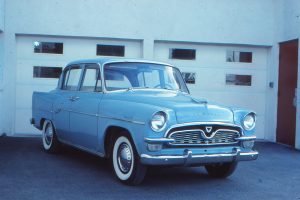
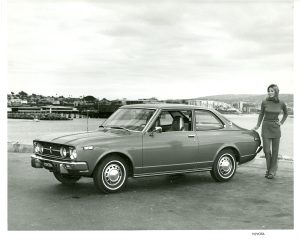
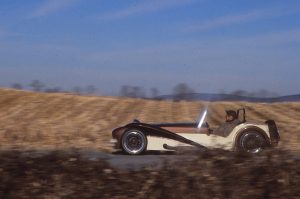
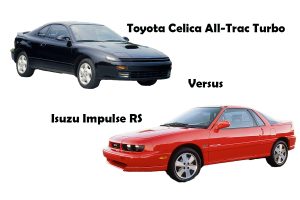
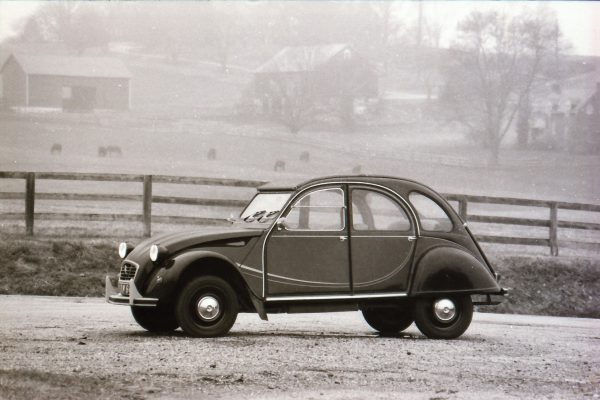
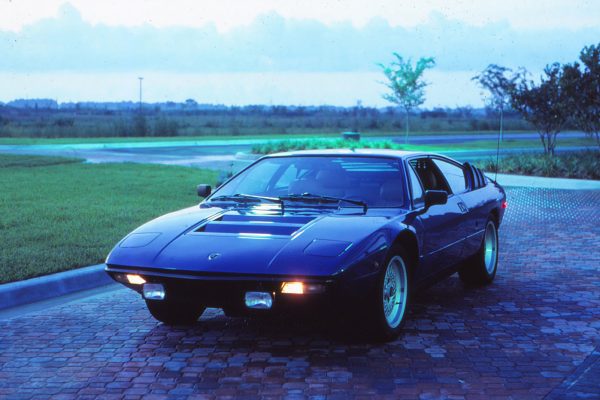
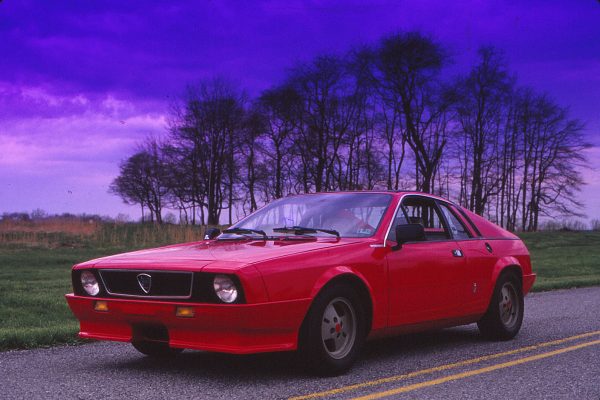
What Do You Think?
You must be logged in to post a comment.